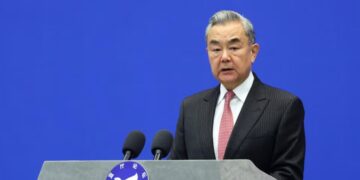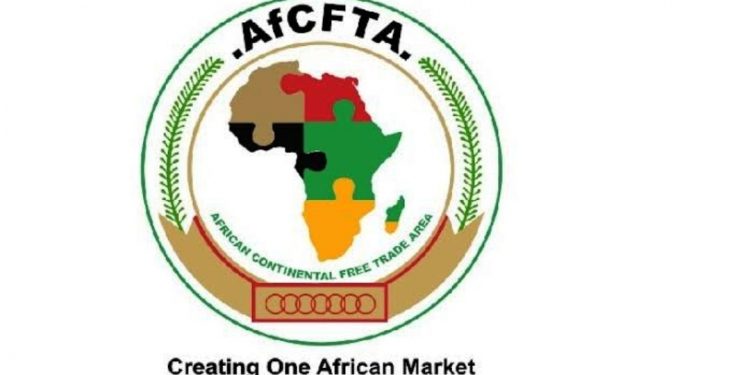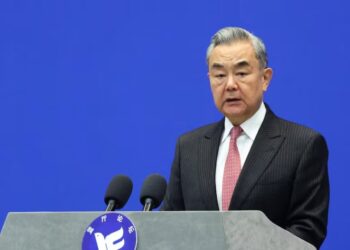By John Ikani
A recent study by Kenya’s Institute for Public Policy Research and Analysis suggests that Kenya may face a reduction in revenue once the African Continental Free Trade Area (AfCFTA) is implemented.
While the AfCFTA holds significant promise for Kenya and the continent, it also presents certain challenges. However, the report suggests that some strategies could lessen this potential loss.
The report, titled “The Implications of the African Continental Free Trade Area (AfCFTA): Evidence from Partial Equilibrium Model on Kenya,” outlines the main advantages of implementing the AfCFTA in Kenya.
However, it also highlights a major drawback for Kenya: a potential decrease in revenue. “Tariff liberalization could lead to a significant drop in tariff revenue for Kenya, with an average potential loss of Ksh 22.53 billion.
Furthermore, there’s a slight increase of about 0.1 percent expected in imports from other African countries in sectors like manufacturing, dairy production, and crop cultivation.
Simultaneously, exports within the region will likely grow, especially in countries where Kenya previously lacked formal trade agreements,” the report states.
The report further explains that despite this potential loss, certain measures could help mitigate it, including a strong focus on developing the country’s industries.
“Targeted interventions are necessary to safeguard vulnerable sectors. Strengthening domestic industries is essential for Kenya to fully benefit from the AfCFTA. Continuous monitoring of trade patterns within the AfCFTA is crucial to adapt to changing circumstances and make the most of opportunities,” the report notes.
The African Continental Free Trade Area (AfCFTA)
On March 21, 2018, African leaders signed the Africa Continental Free Trade Area (AfCFTA), a crucial step towards continental integration.
The agreement, encompassing 55 nations, enables the most extensive global trade liberalization in goods and services (World Bank, 2020). In essence, it aims to be the world’s largest free trade zone.
The initiative has the potential to reduce or eliminate trade barriers within Africa, liberalizing at least 90% of products by 2030 and an additional 7% by the end of 2035. This could result in revenue loss for a country like Kenya, which relies on taxed goods.
The World Bank reported that the AfCFTA could lift 30 million Africans out of extreme poverty, increase income by US$ 450 million, boost intracontinental exports by 81% (with manufacturing increasing by 62%), and shield the continent from external shocks.
Kenyan trade
Between 2011 and 2020, Kenya exported 35% of its products to other African countries, while the remaining 65% went to the international market.
Member states of the East Africa Community, particularly Tanzania and Uganda, account for 28% of total exports; the rest of Africa, led by Egypt, a COMESA member where Kenya also participates, represents 7%.
During this period, exports were directed to the United States, Pakistan, United Arab Emirates, The Netherlands, and the United Kingdom.
China is Kenya’s largest import market, making up 18.2% of total imports between 2011 and 2020. India follows with 13.2%, then the UAE with 8.4%, and Japan with 5.3%.
Only three of the top 24 import markets; Tanzania, Egypt, and Uganda contributed minimally to Kenya’s imports, accounting for just 4.7% of the total.


































